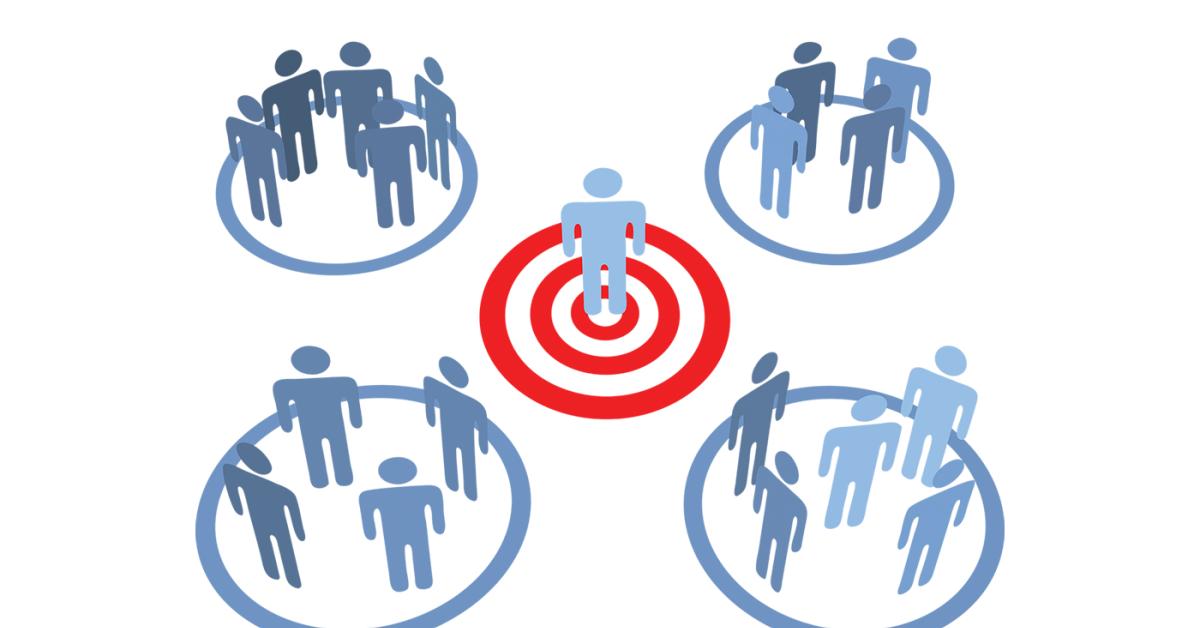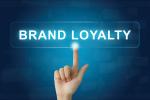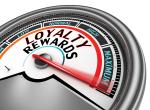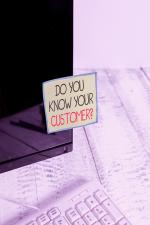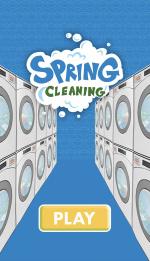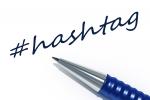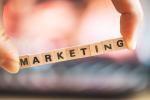CHICAGO — Dry cleaners who embrace marketing efforts that take the data they already have on their customers and using it to create automatic, personalized messages not only save themselves work and time, but they also craft communication more likely to resonate with their customers.
This was the message of Denise Goldstein, marketing manager at SMRT Systems, during her recent webinar, “Simplifying Trigger Based Marketing.” In the webinar, hosted by the Drycleaning & Laundry Institute (DLI), Goldstein explained the benefits of such as system, and how to put it into effect for dry cleaners.
In Part 1 of this series, we examined the elements that make up trigger-based marketing and why it’s an effective form of promotion for dry cleaners, and in Part 2, we dove into the particular strengths of this type of marketing and examples for cleaners who want to explore it for their own companies. Today, we’ll conclude this series by looking at advanced triggers that dry cleaners might find useful for such programs, as well as how to get underway using trigger-based marketing efforts.
Advanced Triggers for Dry Cleaners
While simple triggers such as new client messages, thank you messages to high-value customers and birthday and anniversary messages are the backbone of trigger-based marketing, other prompts can be valuable for dry cleaners, as well.
“You can run loyalty programs, along with referral and reward programs,” Goldstein says. “Using an automated system, you can let people know when they have rewards to use, or invite them to join a reward program or let them know about your referral system.”
Customers who don’t pick up their orders can be a resource drain on dry cleaners, but with some gentle reminders, this can often be remedied, as well.
“You can use this type of system to check for orders and inventory,” Goldstein says. “This is extremely helpful for certain businesses where customers just aren’t picking up their clothes or orders quickly enough. It gets people to come in and bring that revenue into your business, because for anyone who has not prepaid, you’re not going to get that revenue until people pick up their order.”
Goldstein also believes that, if individual customers are only using certain services, triggers can also be set to remind them of other services that the dry cleaner offers.
“You can use trigger marketing to upsell different departments in your company,” she says, “but do ensure that you are not sending a message to a customer where they don’t need it. Let’s say you’re trying to upsell your shirt service, and you already have customers who are using that service. If they get an email saying, ‘Try our shirt service,’ it’s not going to make sense, and it may even turn them off a bit. So, if you can set it up where the spending is tracked, and you see who’s not spending money in shirts, those are the people who get this message, and it really makes more of an impact.”
Knowing how your company performed can also be valuable information to have, Goldstein says, and this type of marketing can gather that information.
“You can get post-service feedback, which is generating an email after an order that just asked for their feedback through a Google forum or some sort of survey,” she says. “This is something you could set up and have happen automatically.”
Getting Started with Trigger-Based Marketing
When a dry cleaner wants to get started with this type of marketing program, they first need to ask themselves a few questions.
“The first thing you would do is decide if you want to do this on your own and set it all up yourself, hire a marketing agency or a program that already runs something like this for dry cleaners, or just select a local business and hire them to do it for you,” Goldstein says.
If the cleaner believes they can handle getting this type of program set up, she says, they should choose a reputable marketing platform that offers automated campaign building. She offers examples such as HubSpot, ActiveCampaign, and MailChimp.
“I will say it’s going to take you a lot more time to do if you’re doing it yourself,” she says, “but it is totally doable.”
For cleaners starting their own trigger-based marketing efforts, Goldstein offers the following step-by-step planning guide:
- Triggers — Decide on the actions/behaviors/events that will trigger your campaigns.
- Market segments — Determine who the target audience is for each campaign, as well as who would be excluded.
- Personalization — Decide where you want to include their name in the message and, if you have more than one brand, which business name you are going to use.
- Content — Choose what the email/text message will say.
- Timing — Establish when the message should go out and how often. Don’t forget to set up reminders if the campaign uses coupons or some other feature.
- Call to action — Decide what it is you want the customer to do as a result of reading the message.
- Test — Make sure the marketing is working, or if it needs to be adjusted.
Goldstein also says that dry cleaners should educate themselves about email and texting rules.
“When you’re sending an email, it has to be through a reputable source, or else you’re going to be marked as spam, ensuring that they’re not going to get your message,” she says. “You may encourage your customers to add you to their address book. Texting is getting regulated more every day, and marketing texting is extremely scrutinized by both the federal government and all the cellphone carriers.”
Goldstein also says that results might not be immediate, but to stick with the program.
“It probably takes anywhere between one and three months to start seeing results,” she says. “If you’re not doing any marketing right now, your customers are suddenly getting your marketing, and they need to get used to the idea. And then, some of the messages, depending on the campaign, are not going to go out for a couple of weeks.”
While it might take some effort and expense in the short run, Goldstein says that cleaners embracing this type of marketing technology should see the benefits in the long run.
“It’s a competitive edge,” she says. “Not every dry cleaner is going to be using something like this. This will keep your customers from going to another dry cleaner, because by having a program like this, they are going to be loyal to you. Potentially, no one else is doing something like this in your area, so you’re really going to stand out.”
Click HERE for Part 1. Click HERE for Part 2
Have a question or comment? E-mail our editor Dave Davis at [email protected].

